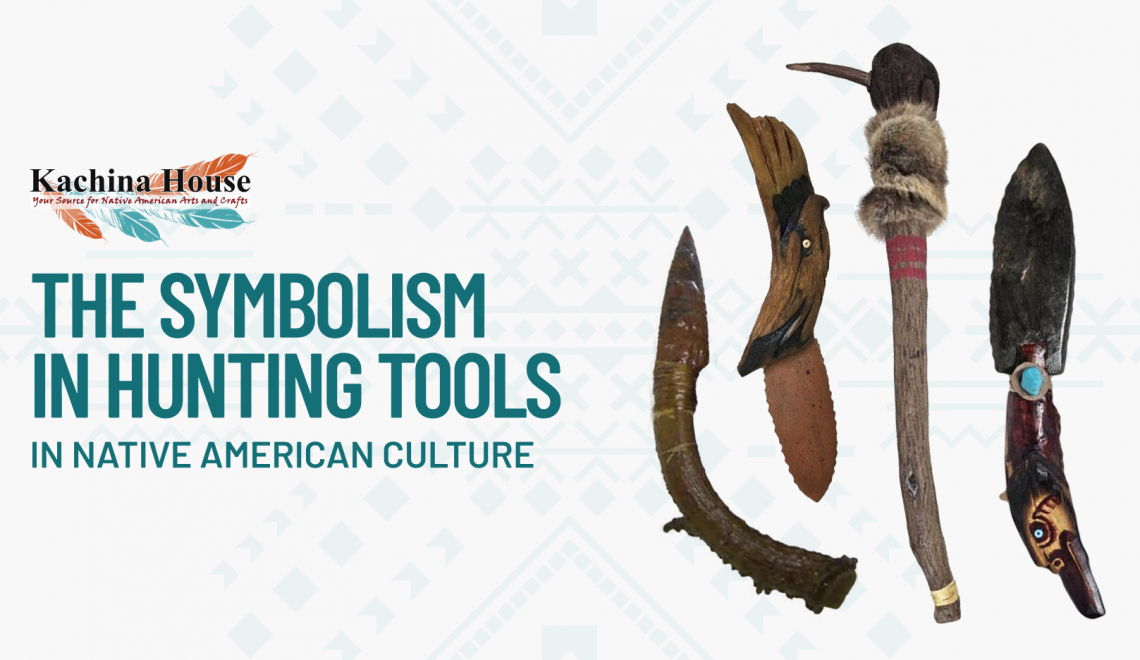
Hunting was more than just a means of survival for Native American cultures—it was a spiritual practice intertwined with tradition, honor, and respect for nature. The skills and tools associated with hunting connected tribes to the land, their ancestors, and the natural world around them.
In this article, we’ll explore how hunting played a central role in Native American cultures, the common tools they used, and the symbolism embedded within these tools.
What role did hunting play in Native American cultures?
For many Native American tribes, hunting was essential to their way of life because it provided much more than just food. It also offered clothing, shelter materials, and tools, all from the animals they hunted. The practice reinforced important values like courage, skill, patience, and teamwork.
Hunting played a key role in ceremonies and rituals too, as it was a way to honor the spirits of the animals and show gratitude to nature for its gifts. Young hunters were often initiated into adulthood through special rites and hunting trips, passing down traditions and spiritual beliefs that had lasted for generations.
Common Native American Hunting Tools
If you’ve already learned about the role hunting played in Native American cultures, it’s important to know which tools were commonly used. Native American hunters crafted a wide range of tools to ensure successful hunts, often tailoring them to the environment and the type of game they pursued. Here are some of the most common tools:
- Bows and Arrows: Highly effective and versatile, bows and arrows were used for hunting a wide range of game. Earliest arrowheads were often made from stone or bone. Later metal was used with designs reflecting both utility and cultural artistry.
- Spears and Atlatls: For hunting larger game like bison and deer, spears were essential. Some tribes used atlatls—spear-throwers—to increase distance and power when throwing spears. Spear points followed the same progression as arrows.
- Knives and Scrapers: These tools were vital for skinning animals, preparing hides, and processing meat. Often made from flint, obsidian, or bone, their craftsmanship could also reflect cultural symbols. Women were often responsible for many aspects of hide preparation.
- Traps and Snares: Used primarily for smaller game, traps, and snares were crafted to catch animals like rabbits and beavers. Their designs varied based on the terrain and prey.
- Clubs and Axes: Made from wood and stone, these tools served multiple purposes, including hunting, protection, and ceremonial use.
How did symbolism influence the design of Native American hunting tools?
The design of Native American hunting tools often reflected spiritual beliefs, cultural values, and a deep connection to nature. Tools were more than utilitarian objects; they were infused with meaning and symbolism. Ceremonial blessings and rituals often accompanied the creation of hunting tools. These acts were intended to bring success, protection, and a harmonious relationship with the animals being hunted.
- Intricate carvings and adornments could represent a hunter’s lineage, tribal affiliation, or guardian spirits.
- Animal motifs, such as the eagle or bear, were believed to offer protection, strength, and guidance during hunts.
- Colors and patterns might symbolize elements like the sun, moon, water, or earth, connecting the hunter to the natural world.
Tools, therefore, became sacred objects, symbolizing a harmonious respectful, and reciprocal relationship with the land and its creatures.
Explore More at Kachina House
The rich symbolism and craftsmanship of Native American culture continue to captivate and inspire. To learn more and explore a wide range of authentic kachina dolls and Native American art, visit kachinahouse.com. Discover the traditions, artistry, and stories that make this culture truly unique.

